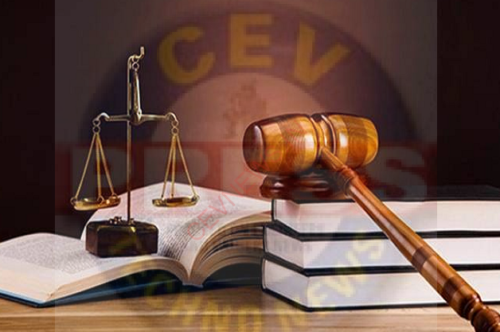INDIAN LEGAL SYSTEM
The Indian legal system is a complex system that is composed of multiple tiers of courts and legal institutions. The system is based on a combination of common law and civil law, as well as indigenous customs and traditions.
At the top of the hierarchy of courts is the Supreme Court of India, which is the final court of appeal in the country. Below the Supreme Court are the High Courts, which are located in each state and have jurisdiction over their respective states. Below the High Courts are the District Courts, which are located in each district and have jurisdiction over cases within their district.
In addition to the courts, there are also several specialized tribunals and commissions that deal with specific areas of law. These include the National Green Tribunal, the Competition Commission of India, and the Securities and Exchange Board of India, among others.
The Indian legal system is based on the principle of the rule of law, which means that everyone is equal before the law and no one is above the law. The Constitution of India guarantees fundamental rights to its citizens, and the legal system is designed to protect those rights.
One of the unique features of the Indian legal system is the presence of alternative dispute resolution mechanisms, such as arbitration and mediation, which can be used to resolve disputes outside of the court system.
The judiciary branch is divided into three tiers: the lower courts, the high courts, and the Supreme Court of India. The lower courts are responsible for handling civil and criminal cases at the district level. The high courts are responsible for hearing appeals from lower courts within their jurisdiction, while the Supreme Court of India serves as the final court of appeal for all cases in the country.
The legislative branch is responsible for creating and amending laws. The Indian parliament is a bicameral legislature consisting of the Rajya Sabha (Council of States) and the Lok Sabha (House of the People). The Rajya Sabha is the upper house and is composed of members appointed by the president of India, while the Lok Sabha is the lower house and is elected by the people of India.
The Indian legal system also includes various tribunals and specialized courts to handle specific types of cases, such as labor disputes, tax cases, and environmental disputes.
The Indian legal system is divided into two main branches: the civil law system and the criminal law system. The civil law system deals with disputes between individuals, while the criminal law system deals with crimes against society.
The Indian legal system is also characterized by a number of unique features, including a large number of laws, complex court procedures, and a reliance on legal precedents. Additionally, there are a number of specialized courts and tribunals that deal with specific areas of law, such as labor disputes, tax disputes, and environmental law.
Overall, the Indian legal system is a complex and evolving network of laws and regulations that play an essential role in shaping the country’s social, economic, and political landscape.

FOR MANY MORE UPDATES AVAILABLE CLICK BELOW
CLICK THE BELOW LINK TO READ THE COMPLETE CONTENTS
SOME CONTENTS OF THIS WEBSITE ARE FOR GOLD SUBSCRIBERS ONLY.
Join us as a GOLD SUBSCRIBER and get access to read important books.
KIND ATTENTION
We are going to close all what’s groups of CEV soon due to difficulties in posting information or message in more than 5 groups of CEV at a time.
All future posts of empanelment notices & professional importance will be shared on
1. https://t.me/+dbHNkNO22xsyYTY1
2. www.valuerworld.com
3. The Twitter handle of CEV India
https://twitter.com/cevindia?t=XbqlvnwUVz1G3uPgs749ww&s=09
after closing the groups.
All members of these groups are requested to register themselves at the following link immediately for Getting all related timely updates

